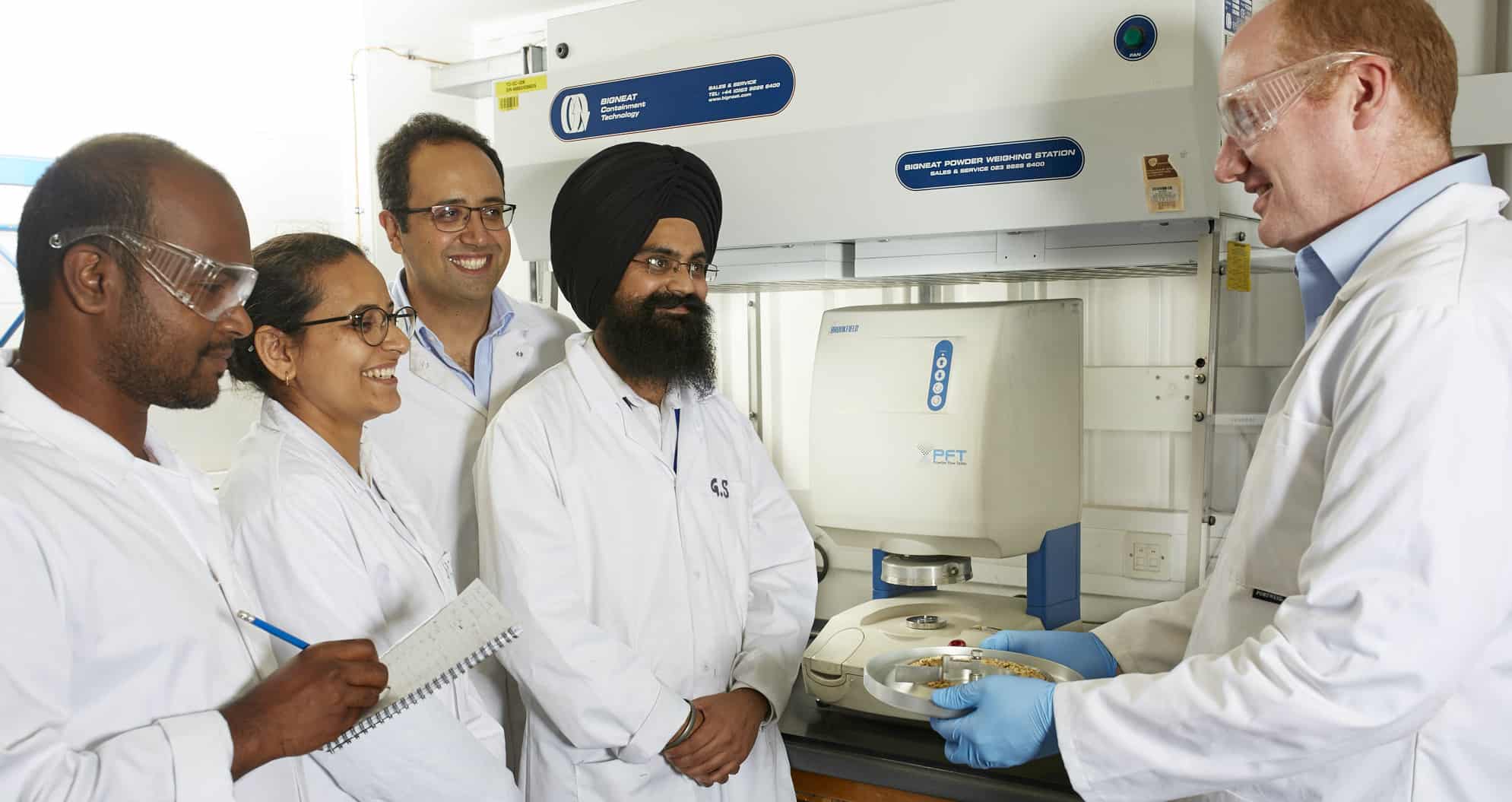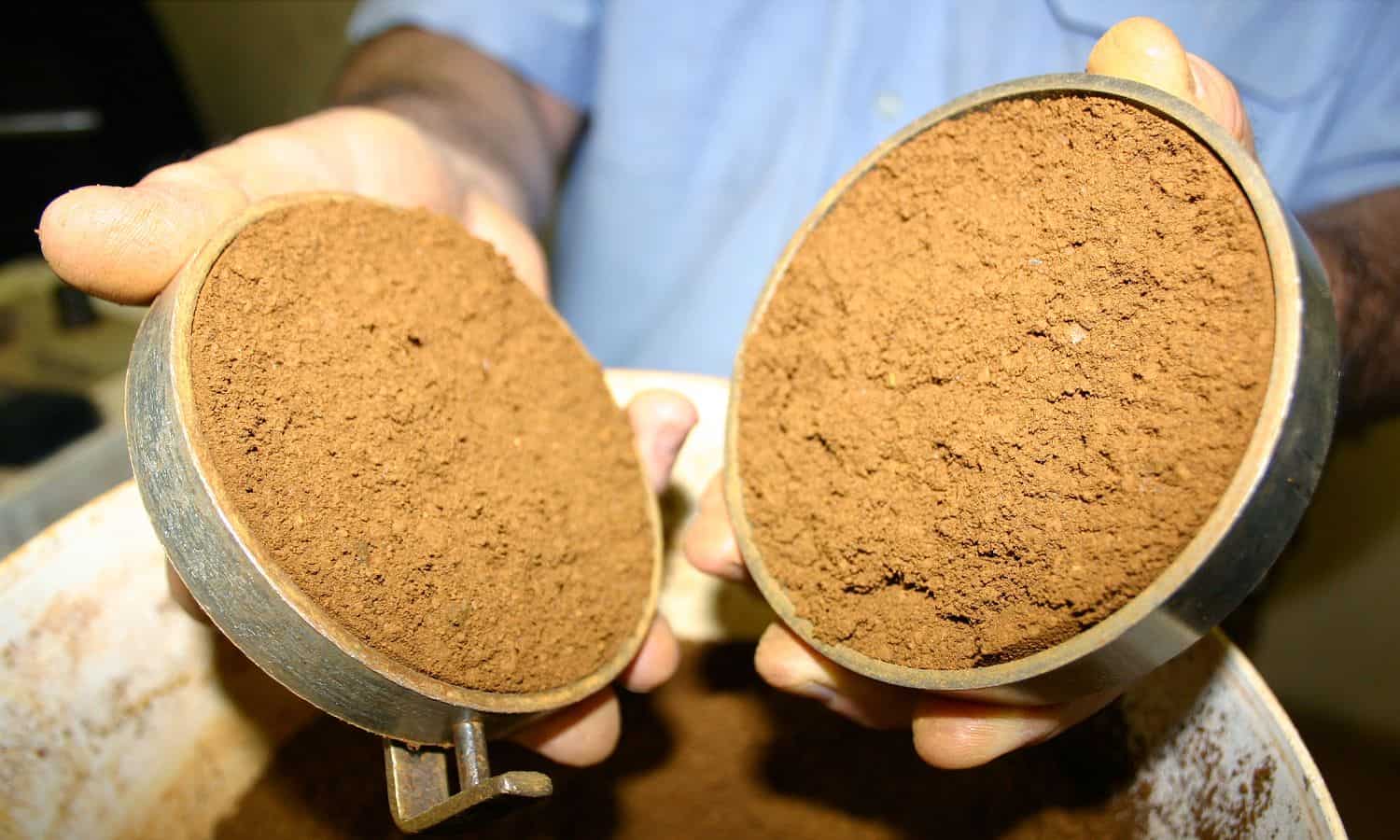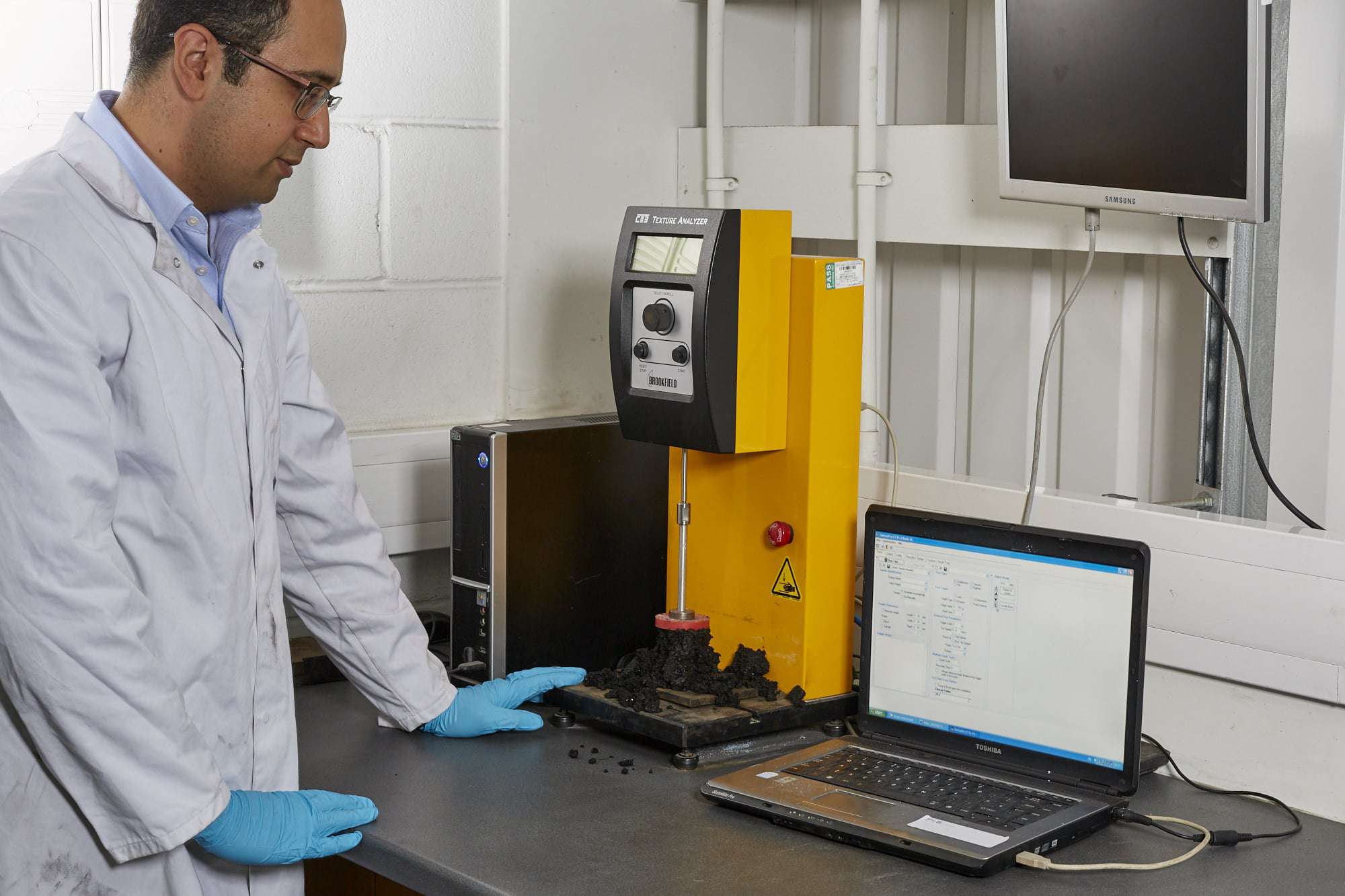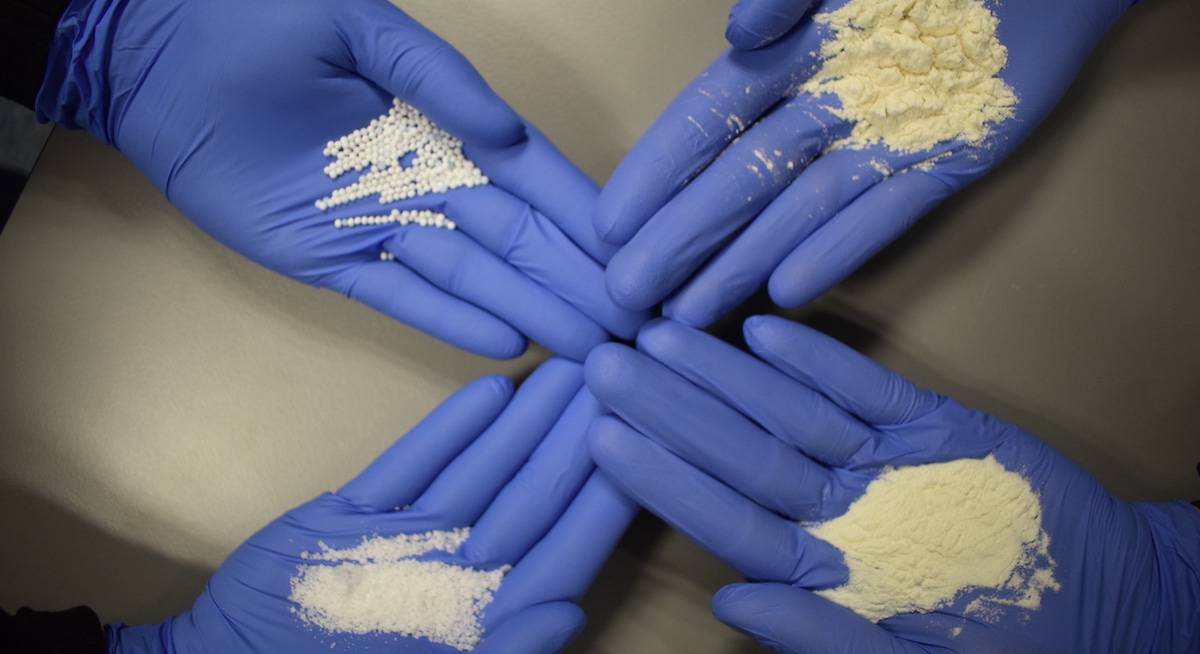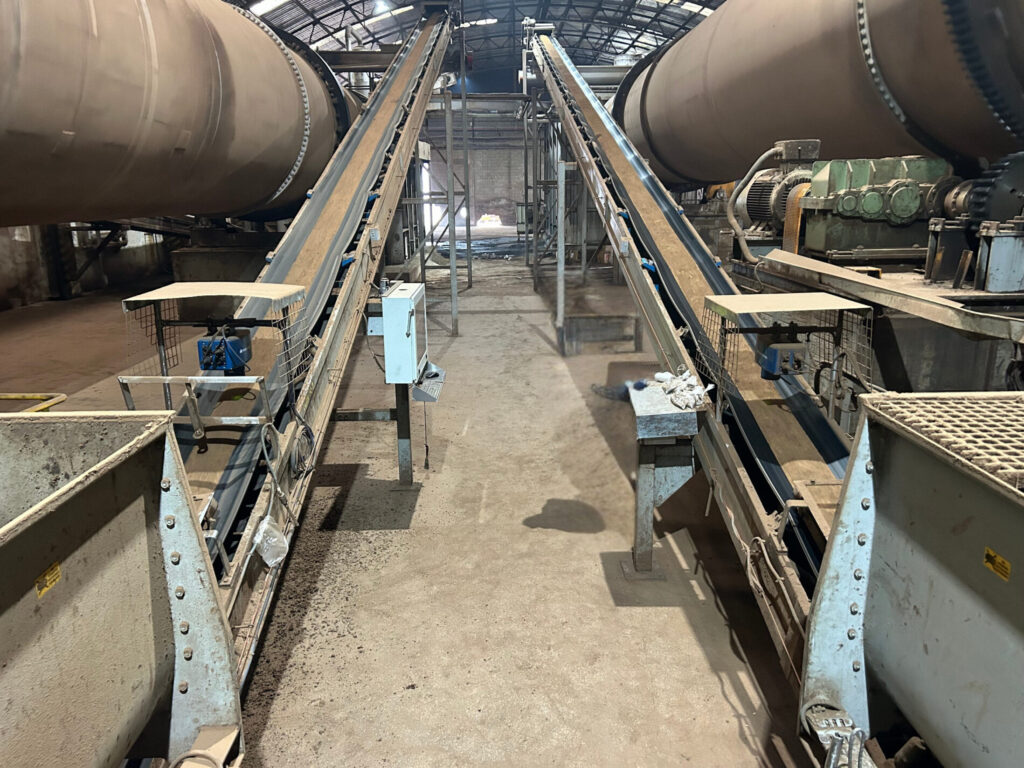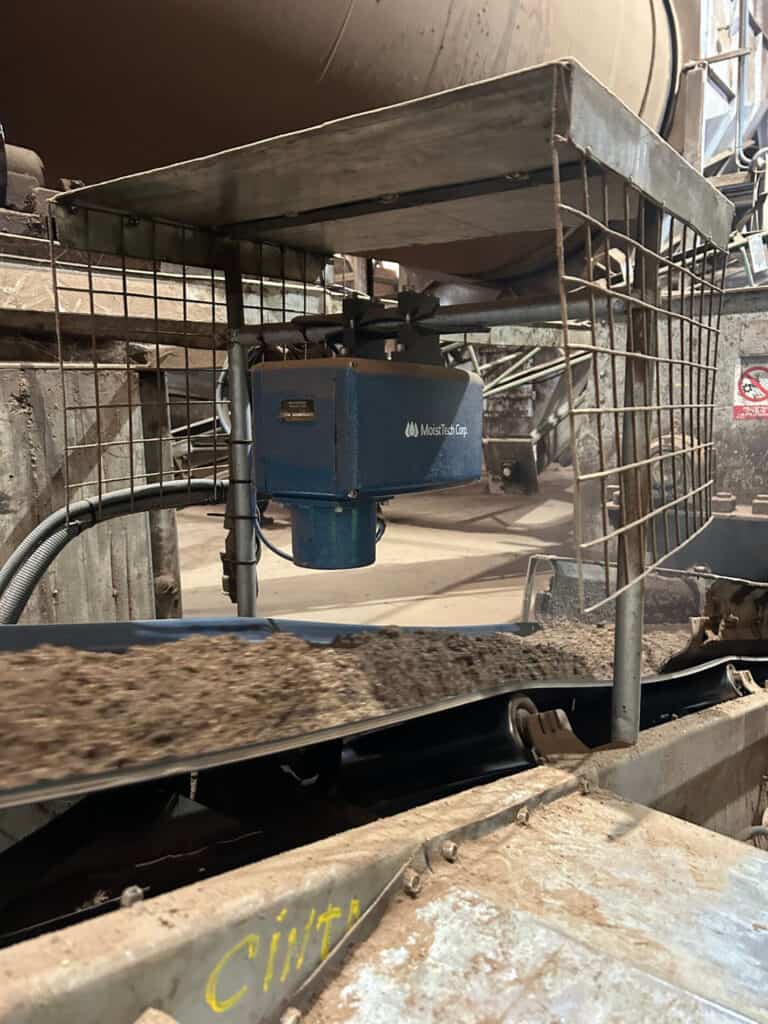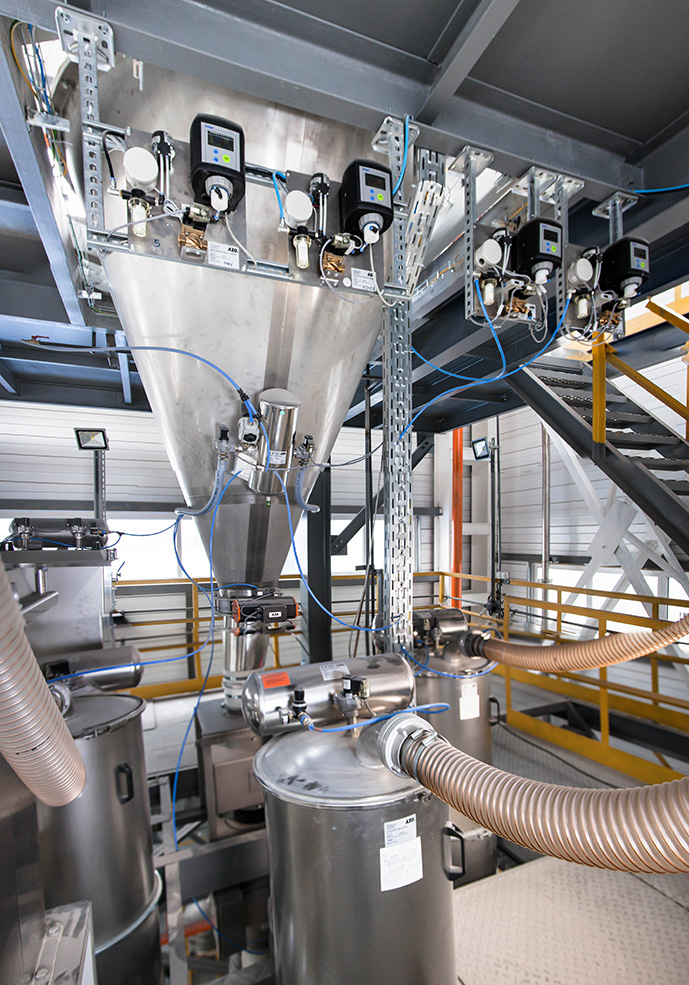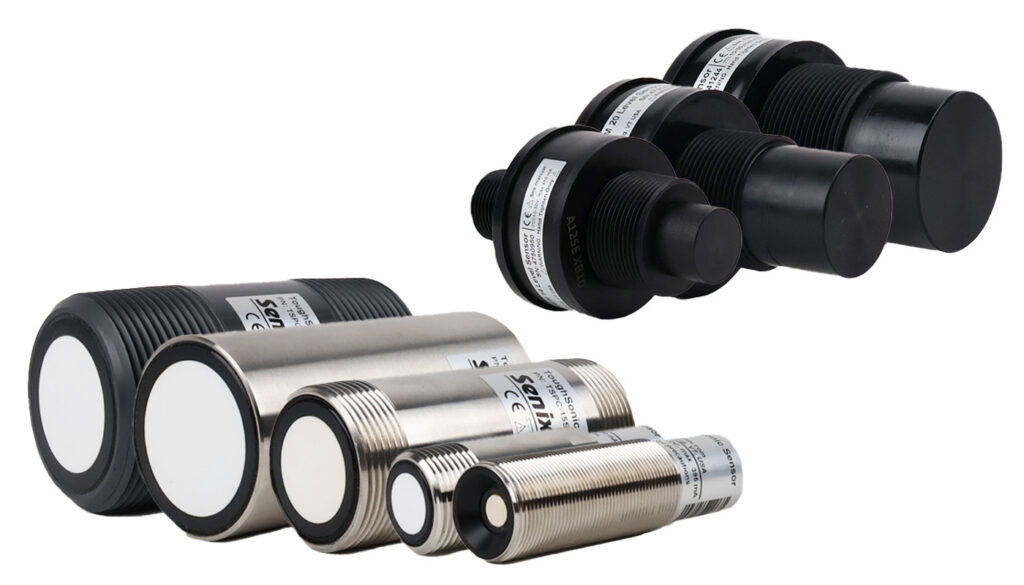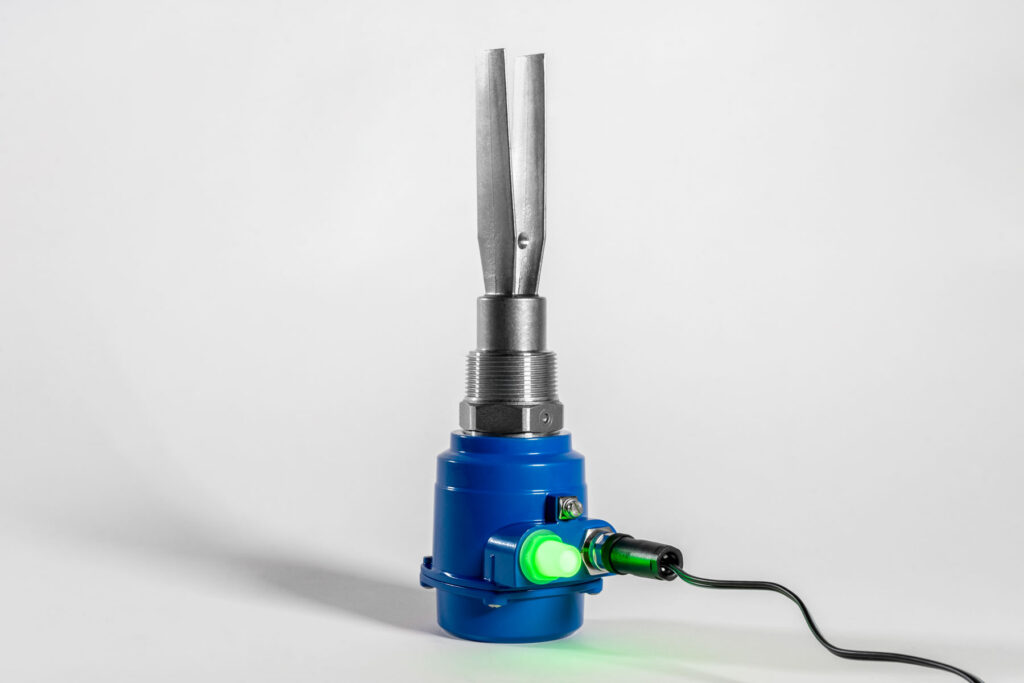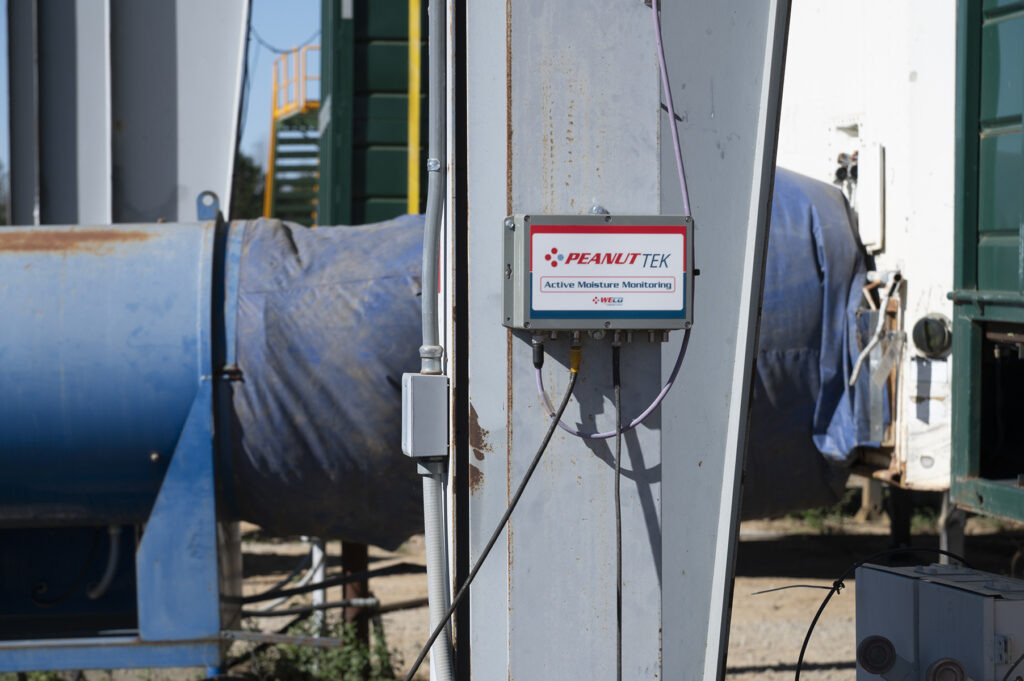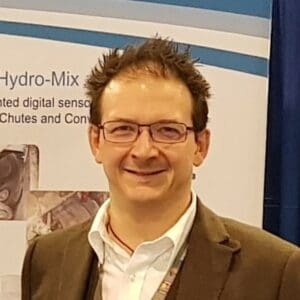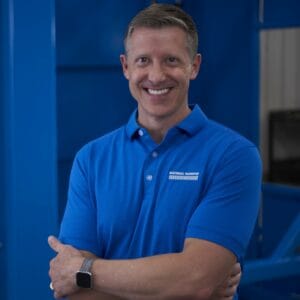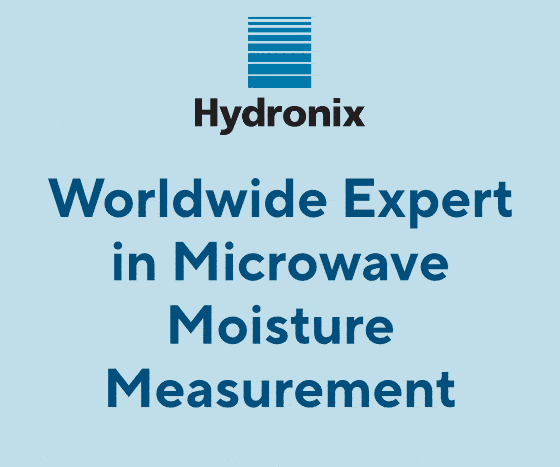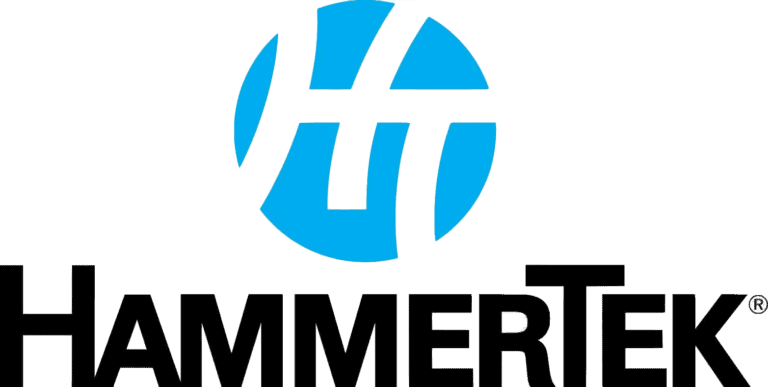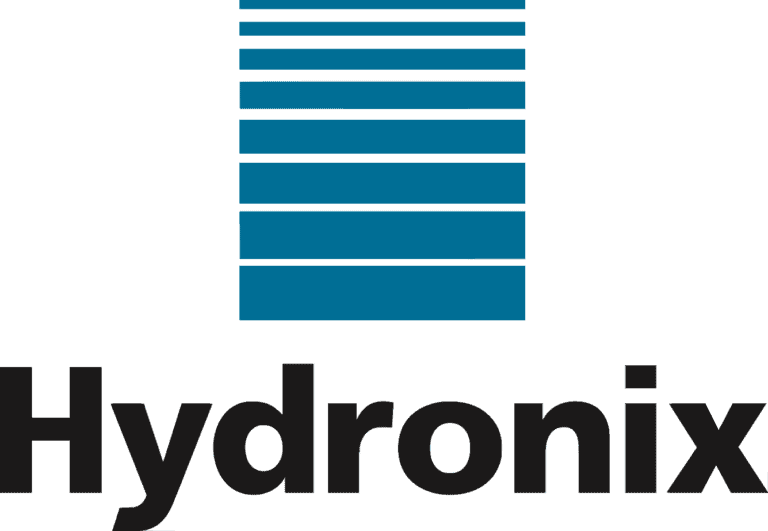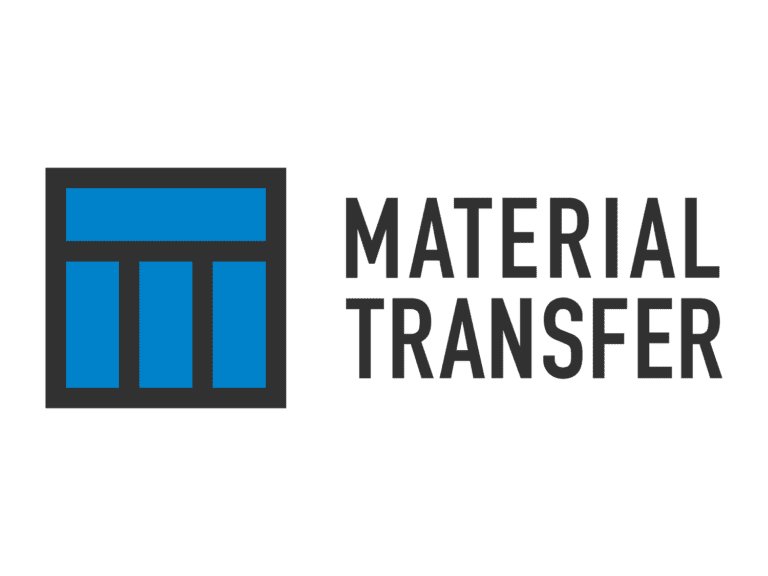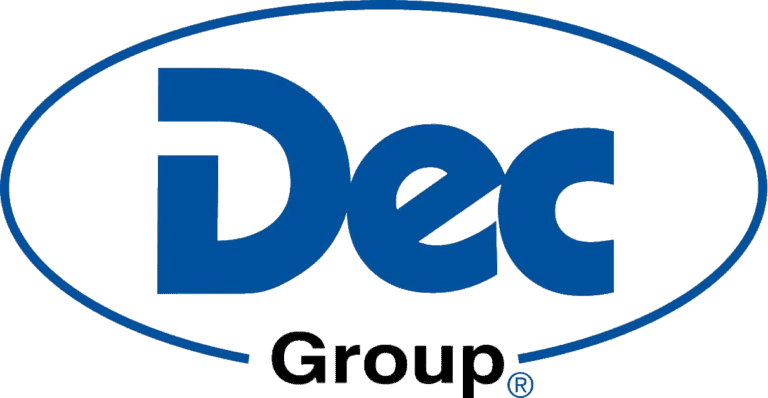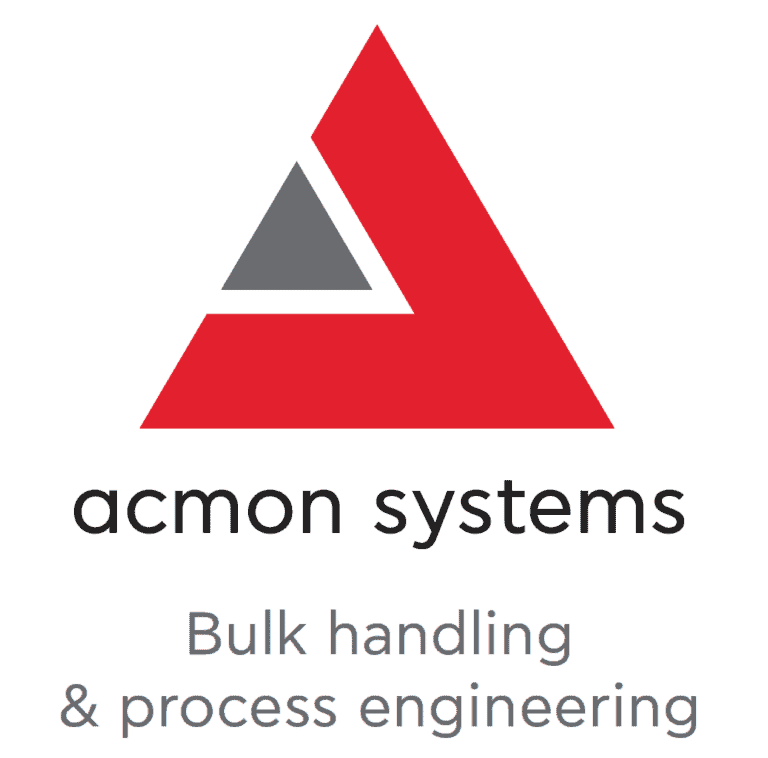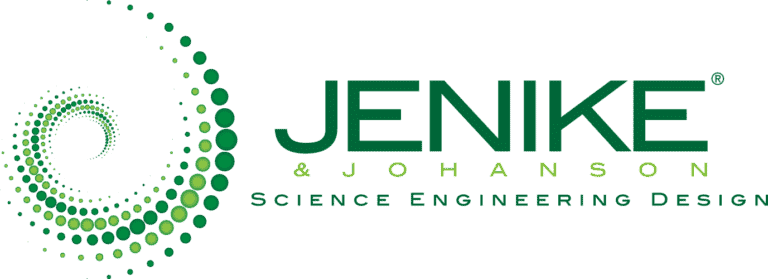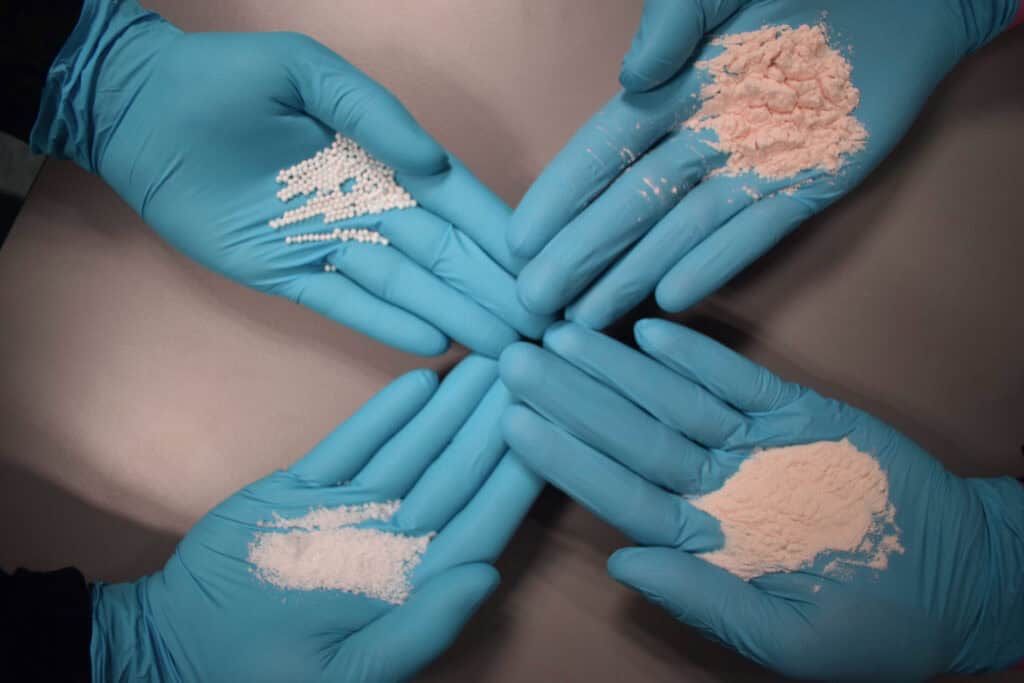Particle characterization identifies various particles by particle shape, size, surface properties, charge properties, mechanical properties, and microstructure.
A variety of commercially available particle characterization techniques can be used to measure particulate samples.
Each has its strengths and limitations, and there is no universally applicable technique for all samples and situations.
Particle size – The particle size directly affects compaction, flow, dissolution, texture. The particle size can be controlled for a specific final application or for controlling the input for further processing. Measuring the particle size is particularly important for comminution/size reduction processes.
Particle shape – Particle shape is the expression of the external morphology of the powder particle, and it includes form (overall shape), roundness (smoothness), and surface texture.
Control of the shape of the particles can be required for the needs of a specific final application. Knowing the shape of the particles can also help anticipate mixing problems.
A major problem in testing the influence of particle shape on powder properties is the separation of different particle shapes in one powder bulk. There is as yet no universal method to describe the shape of powder particles.
Particle strength – Particle strength depends on various factors such as their material and mechanical properties, their size, shape, the loading pattern, and other external conditions. Impact tests, Attrition tests, and compression tests allow good determination of the strength distribution of impact and compression strength.
Bulk density – Bulk density is a property of powder, granules, and other bulk solids. The total volume includes particle volume, inter-particle void volume, and internal pore volume.
Particle density – Particle density (or true density) is the weight per unit volume. Particle density will be relevant when the solid’s movement must no longer be considered a mass but as an individual. It is the case for some technologies of pneumatic transport.
Particle dustiness – Particles’ tendency to become airborne in response to a mechanical treatment or aerodynamic stimulus. Dustiness is affected by particle shape, size, and inherent electrostatic forces. Particularly in processes that work with powders, granular materials, or fibers, dust particles can be released into the air during conveying and transport.
Particle concentration – Particle concentration measurement is required across a diverse range of industrial processes. In many cases knowing only the particle size is not enough, as sample concentration may also affect the product’s performance.


